US-India
Return to article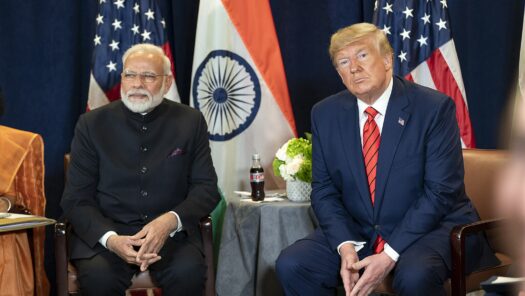
India and Pakistan Face Contrasting Challenges with the Trump White House
Earlier this month, delegations from India and Pakistan arrived in the United States to conduct diplomatic outreach and shore up American support for their positions over Kashmir and terrorism in the aftermath of the Indo-Pak clash in May. Led by…
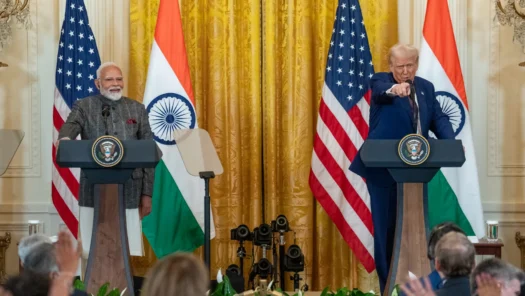
A Weaponized Dollar: Challenges and Opportunities for India
Under U.S. President Donald Trump, Washington is increasingly using volatility to assert its economic power against allies and adversaries alike. Since returning to power, Trump has unleashed an aggressive blend of economic, trade, and technology policies with the aim of…

India’s Past Lessons, Current New Normal, and Future Pakistan Policy
After a four-day conflict involving missile strikes, drone incursions, and intense aerial combat, India and Pakistan agreed to a ceasefire on May 10. Both nations have since declared victory and celebrated what they claim is a new approach of dealing…
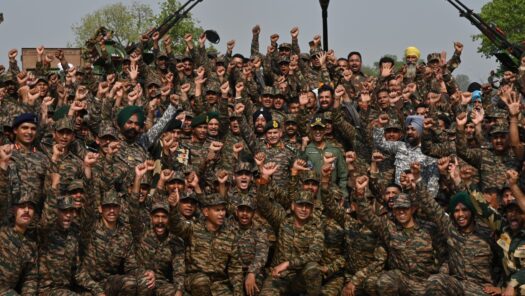
Armed Rivalry: Assessing India and Pakistan’s Military Buildup Amid Renewed Tensions
India-Pakistan tensions have flared up into a crisis once again. On May 7, India launched missile strikes into mainland Pakistan and Pakistan-administered Kashmir in response to a deadly militant attack in Pahalgam in Indian-administered Kashmir. The days of fighting that…
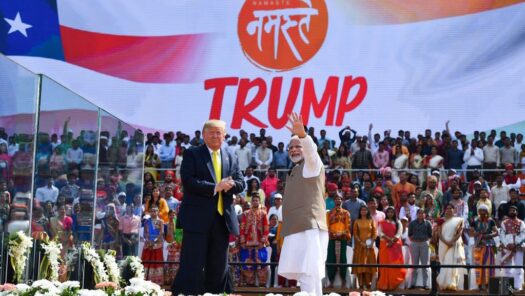
Are India-U.S. Relations Entering a Difficult Phase?
At a media briefing on May 13, India’s Ministry of External Affairs dismissed President Donald Trump’s claims of having “mediated” a “full and immediate ceasefire” between New Delhi and Islamabad. The deal was “bilaterally reached,” it said. A day later, Foreign Minister S. Jaishankar told reporters…
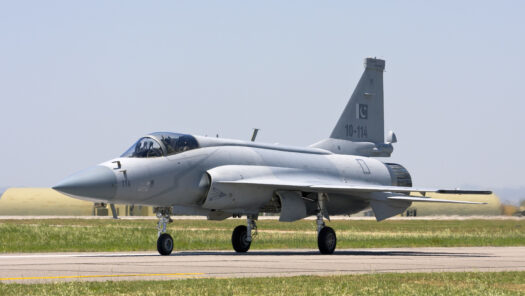
SAV Q&A on Third Party Intervention Post Pahalgam Pt 2: Andrew Small on Chinese Tech and U.S. Mediation
The four-day kinetic confrontation between India and Pakistan ended in a ceasefire on May 10, 2025, but observers are still grappling with the sequence of strikes and counterstrikes, assessing claims of damage by both sides, and parsing strategic narratives. On…